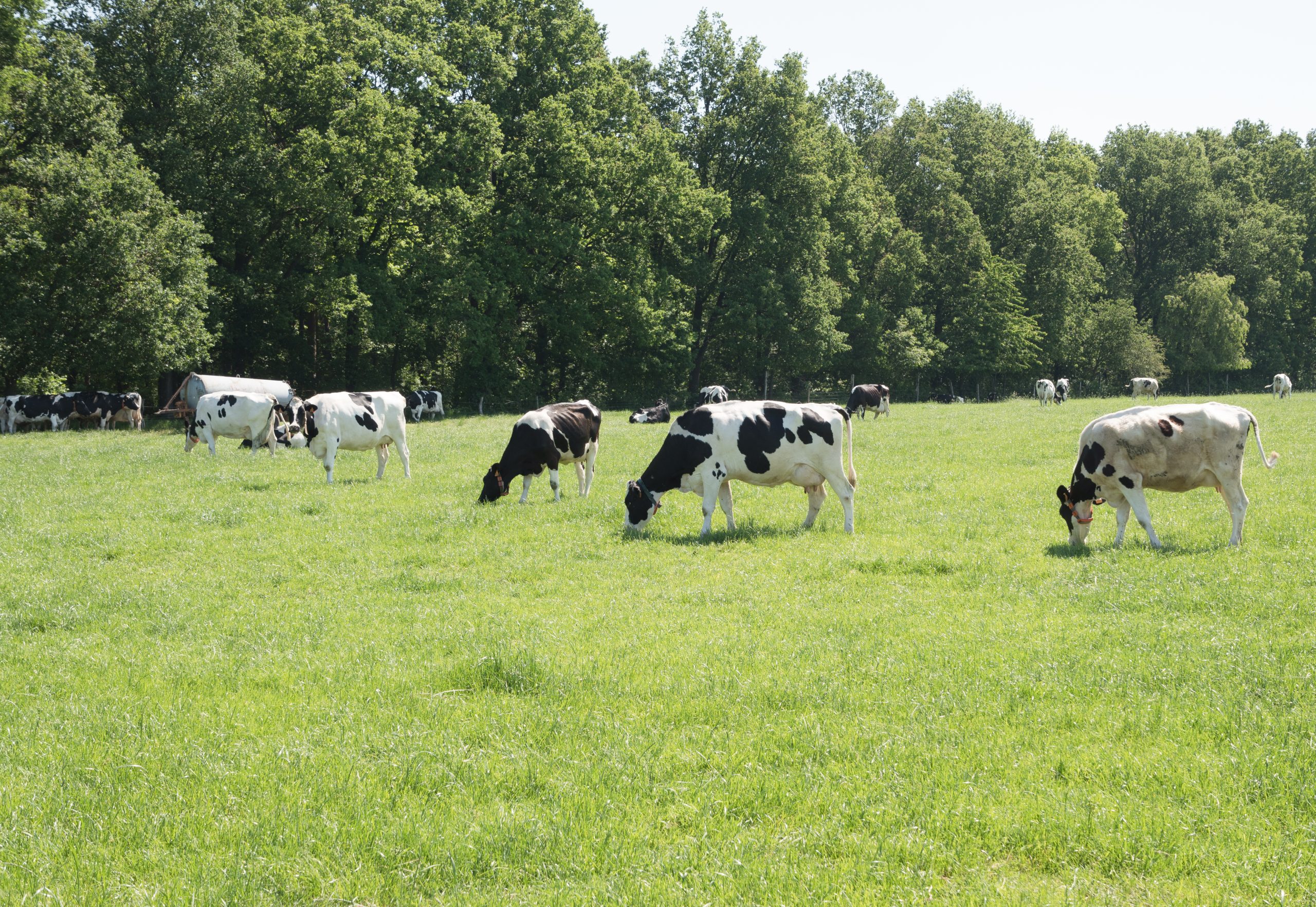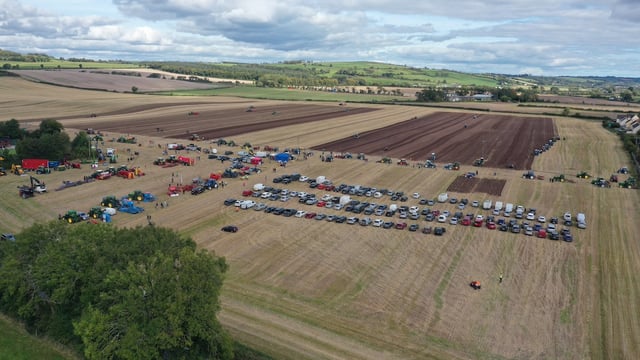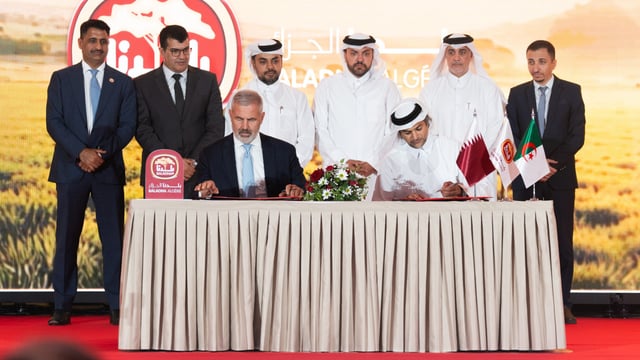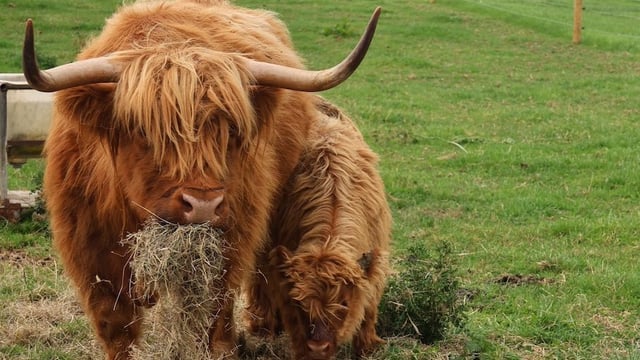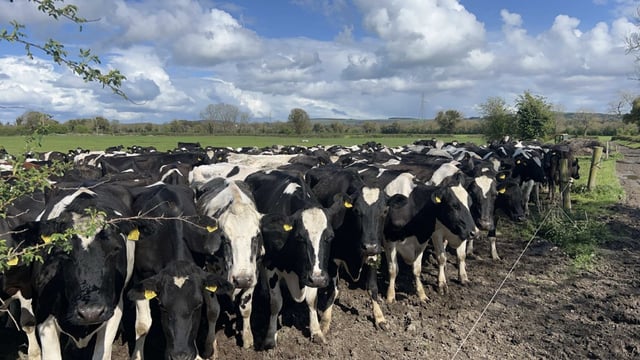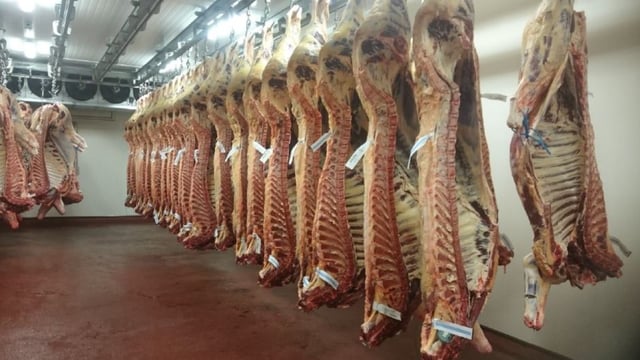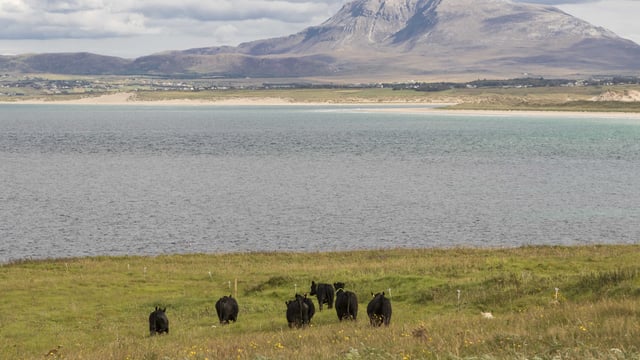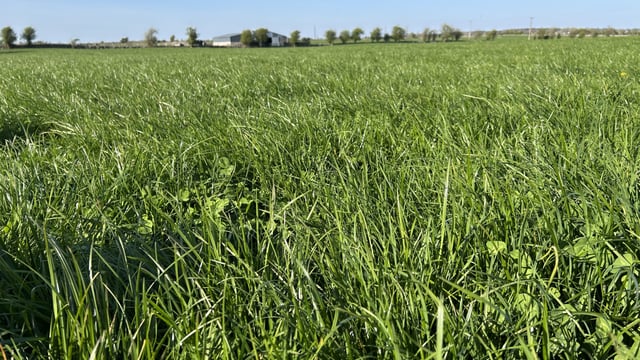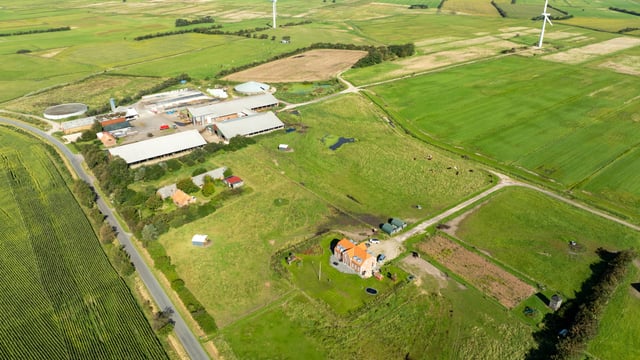Removing cull cows to build covers & drive performance from grass
A plan for moving cull cows off the farm in order to build farm cover this autumn and drive performance for the rest of the herd needs to be considered.
It is now that time of the year where grass growth begins to slow down, the evenings begin to get that bit shorter, and a cull cow strategy needs to be implemented.
At this stage of the lactation, farmers need to prioritise the cows that are adding to the business, as grass is going to get tight and some needs to be saved for next spring as well, where response will be the most profitable.
Milk price is still decent, despite many co-ops announcing price drops for last month's supply and the conditions still favourable, but keeping on these cows for an extra few litres of milk may hinder the best cows in the herd's performance as well as building the opening farm cover for next year.
Grass growth has dropped in the last week with the slightly cooler temperatures and many farms are struggling with soil moisture deficits, which is making trying to hold the rotation at 25-30 days without supplementing with silage and meal difficult.
The reality is that a lot of farmers will have to feed silage as they hold the rotation length in order to build covers, but this is a costly act if these bales are going towards cows that are not delivering the goods in the tank.
Feeding extra
If you take a 100-cow farm with 30ha of a milking platform, to hold the rotation at 30 days at the minute, the farmer would have to allocate 1ha of the milking platform a day.
If the pre-grazing yield is low - at about 1,200kg of dry matter (DM)/ha - then these cows will be eating 12kg of DM grass each. If their daily intake is 18-19kg DM/day at the moment, then 6-7kg of DM is going to have to be made up of meal and silage.
So if we feed two 800kg bales of silage with a 30% DM to these 100 cows each day, that would provide about 4.8kg DM of the cow's intake and the other 2-3kg DM can be made up of meal.
But if there are a few cows in this herd that are not performing and forcing you to feed more silage and more meal, then this extra supplementation is not worthwhile and moving on the poor performers should be considered before feeding more silage.
On many farms, there are plenty of quality silage bales in the yard due to great growth rates throughout the summer, but these bales will be needed into October and November to extend the grazing rotation and in the spring next year when cows are back out at grass.
Cull cows
Current beef prices are very favourable for the seller and so, even if you were to take a cow straight out of the parlour and move her on in the mart or factory, you will earn a fair return.
The price paid for in-spec cows in January 2025 was €5.10/kg carcass weight. In-spec cows are cows that achieved target specification of over 270kg carcass, a fat score of 3- or over, carcass conformation of P+ or over, and a BCS of ≥ 3.5 vs ≤ 3.0.
Cows that failed to meet market spec ranged from €2.60-€4.60/kg of carcass, dependent on weight, fat score and conformation.
The difference in meeting target specification was on average worth an extra €1.50/kg of carcass weight and an additional €405 in carcass value.
This should be considered for dairy farmers, as depending on the situation, it may be worthwhile focusing on these cull cows for a few weeks to get them closer to market spec.
If farmers are tight on grass currently or are highly stocked, then cows should be moved off the farm as quickly as possible, but within reason, to try and give a few weeks of filling these cows out, aiming to sell in October before the last rotation.
If there is plenty of grass and/or land on the farm that needs grazing, these cows could be possibly left to be sold just before housing.
The only option to get these cows into full market spec is to milk them on with the rest of the herd and dry them off and sell them on once they've reached condition. This option is only feasible if you're not heavily stocked and there is plenty of grass on the farm.
If things are getting tight and you are pumping additional meal and silage into cows to build covers and keep up production, I wouldn't get hung up on getting these cows to spec and try to move them on when you can.
However, if the land allows and these cows aren't hindering the performance of others, projected gains in additional milk revenue and increased cull cow sale value should be weighed against additional feed costs, overheads and labour requirements.
So, your strategy for selling on your cull cows needs to based on the amount of silage in the yard, the current land/grass situation, housing space, labour availability and current animal performance as keeping on a high cell count cow is not advised.
The Nitrates Banding and stocking rate of the farm must be considered as if a herd average milk yield is approaching the threshold limit for band three production levels of over 6,500kg, and is also approaching the upper organic N limit/ha, the potential impact of selling cull cows early must be considered.


